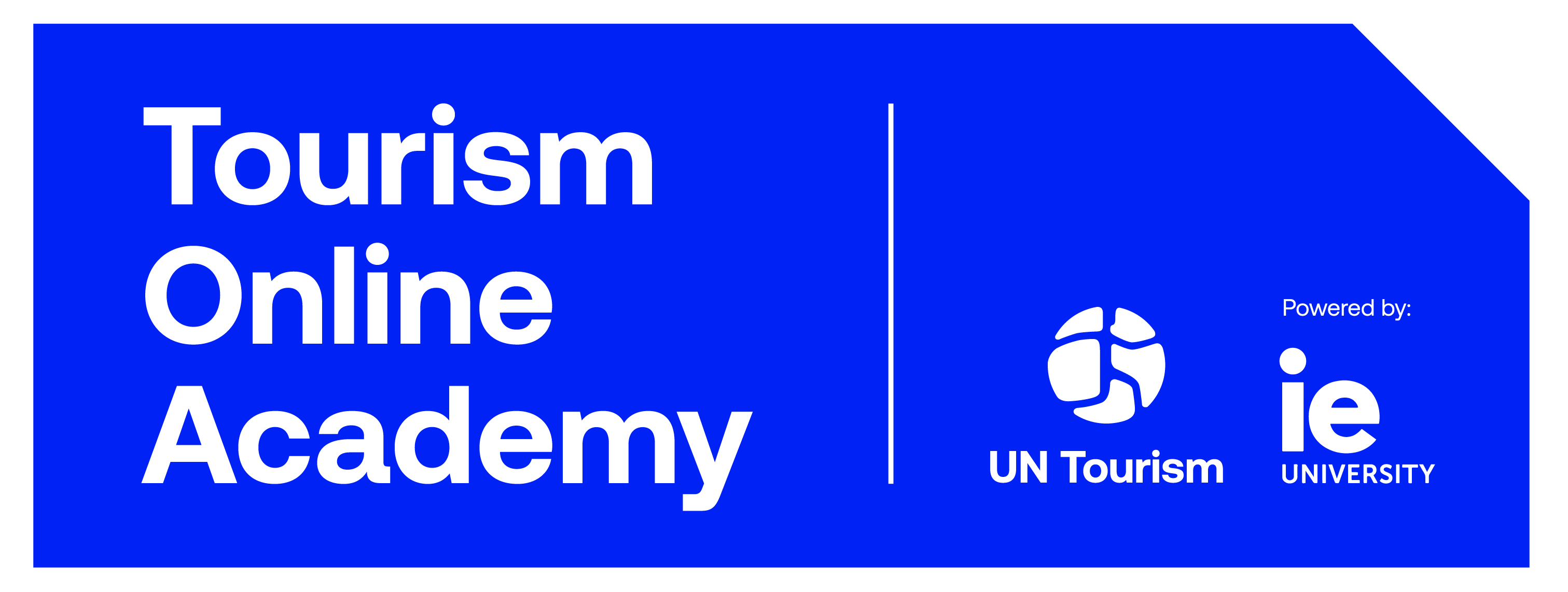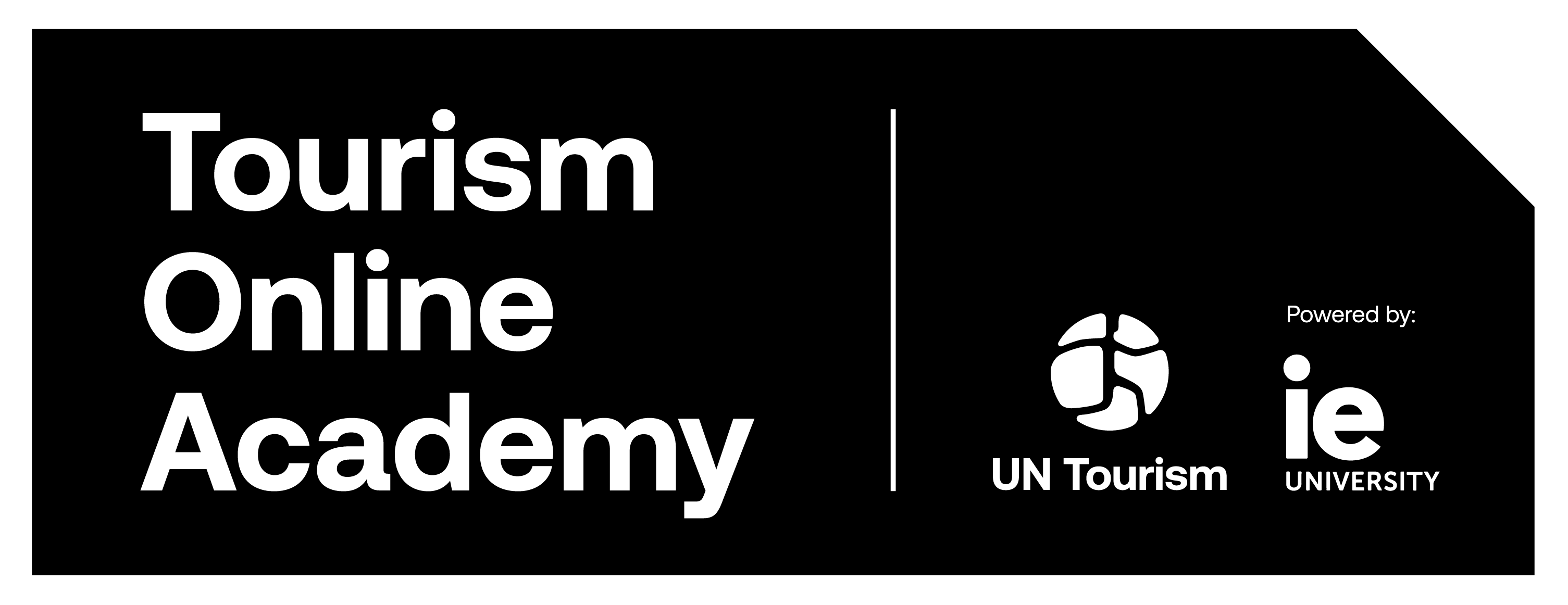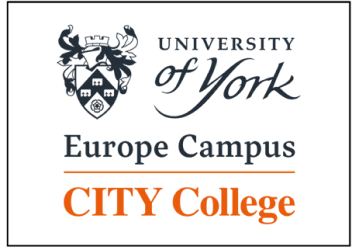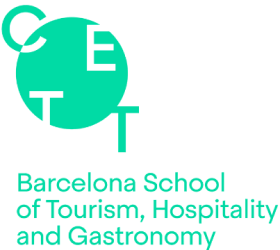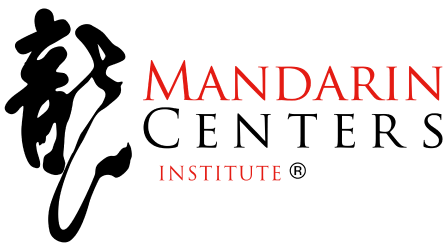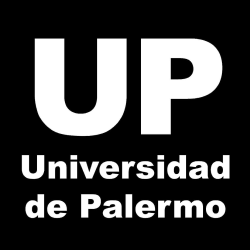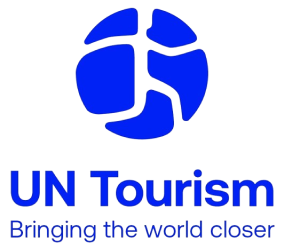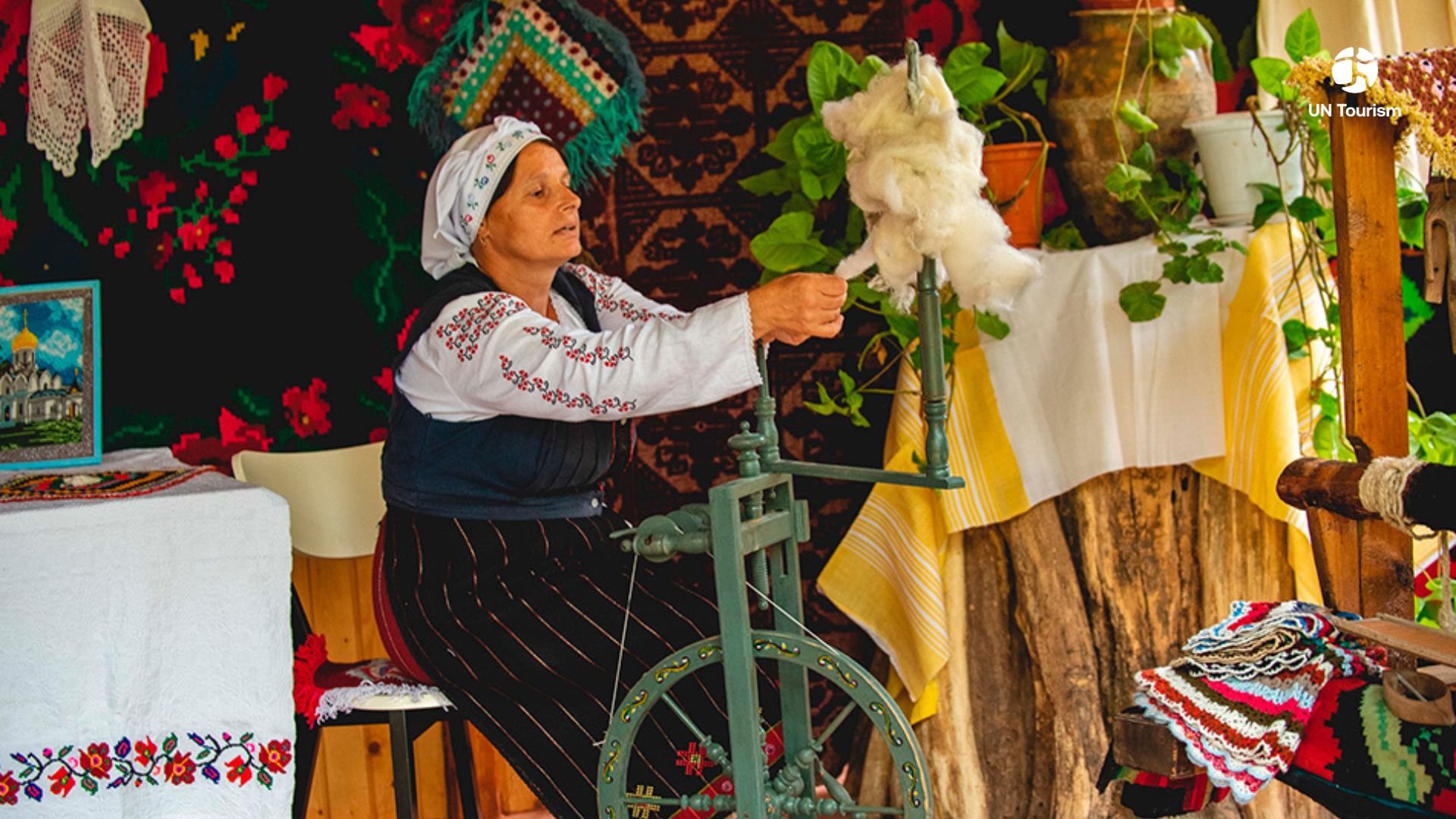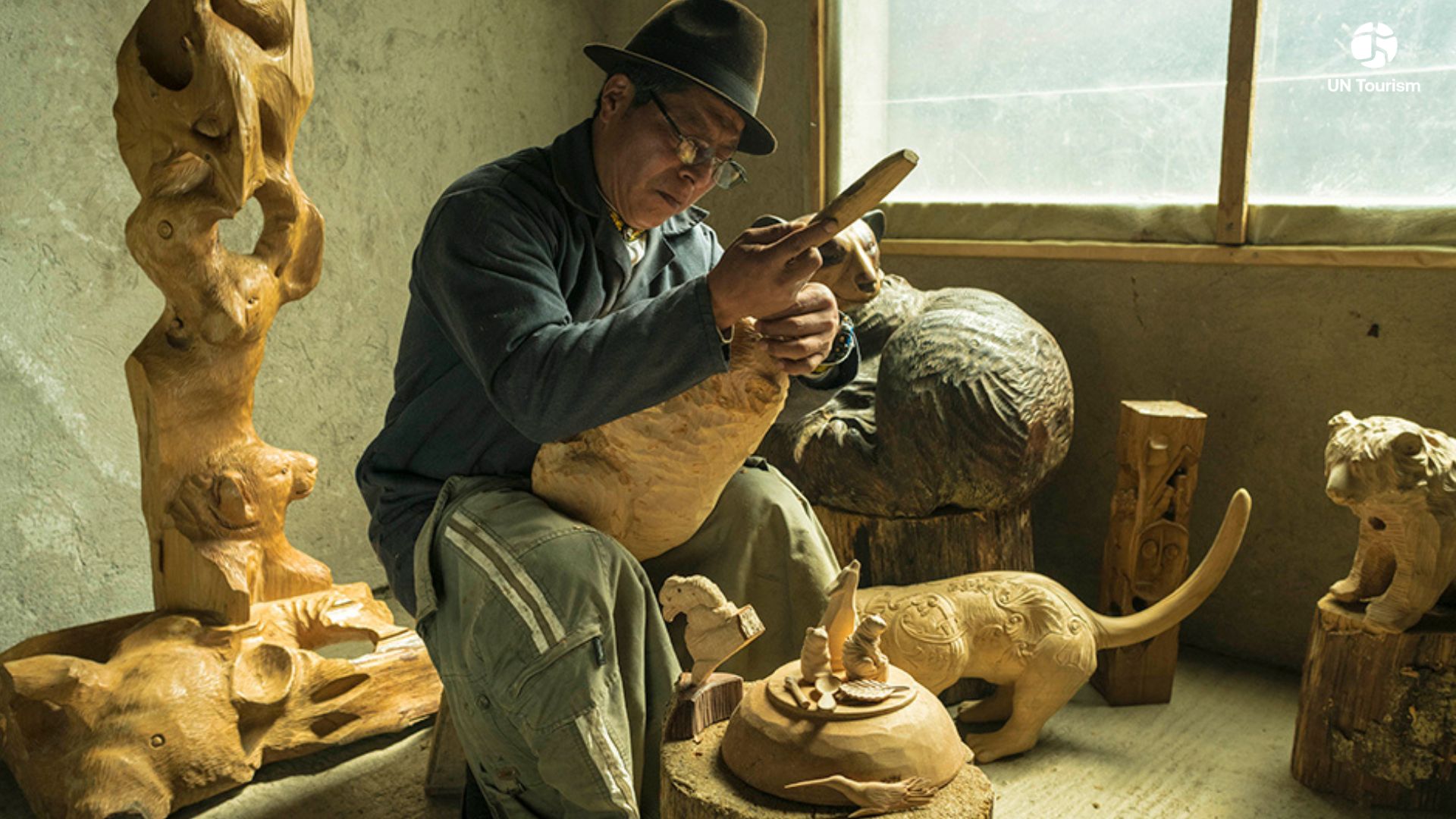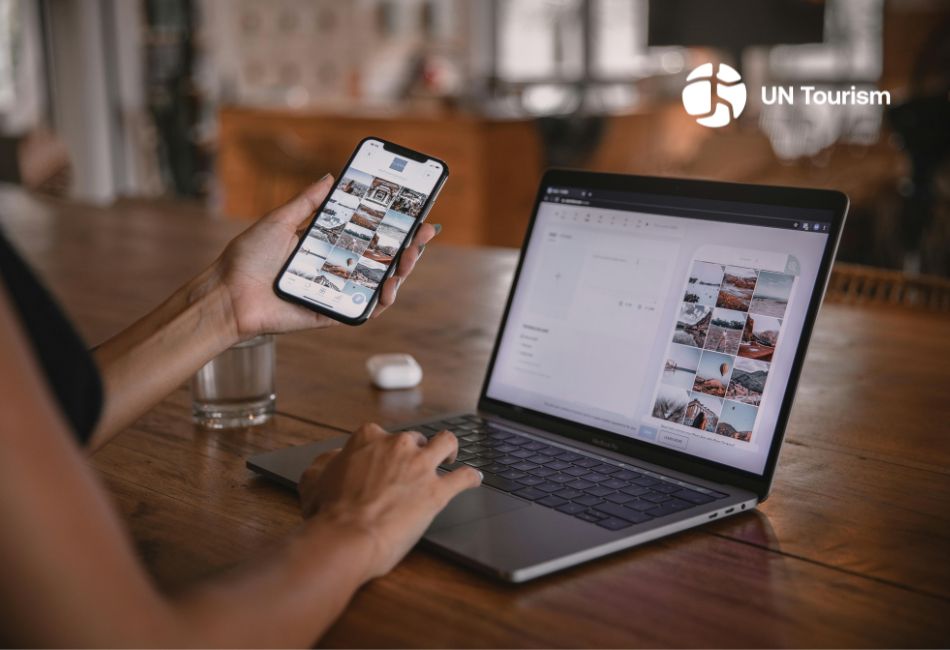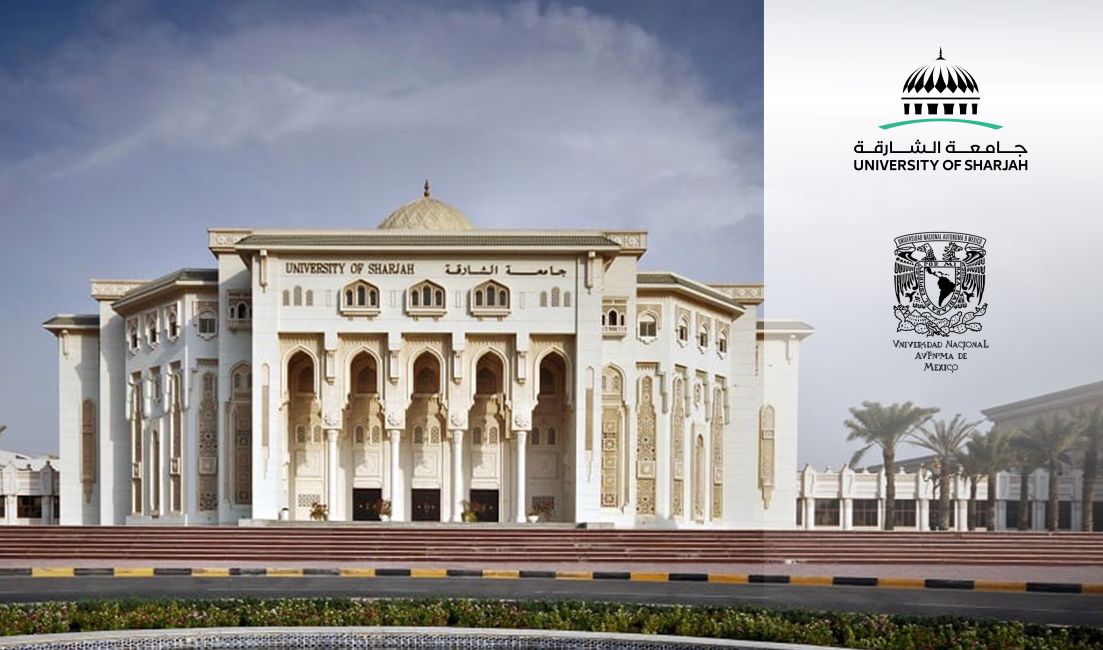
Jussara Pellicano Botelho
CEO at Sisterwave
Jussara is Brazilian and so proud of her roots and her country. She’s a designer, entrepreneur, CEO, and founder of Sisterwave, that’s a global community for women travelers. After 5 years of startup, now we have a community with more than 20k sisters in Brazil, and in the expansion to grow that network all over the world because every woman must feel free to enjoy and explore the world.
Her purpose has these tripod: social impact (make a positive difference in people and environment life), creativity (fulfill with creative things and make things creatively), and nature (being in contact with and preserving it). She has experience in Branding, Design Thinking, Startups, Turistechs, SDGs, and Social Impact businesses.
Did you like this article and are interested in learning more about the fundamentals of tourism? Then we invite you to enroll today in the Introduction to Tourism- Industry management MOOC!
Visit the course
Bibliography
Global Gender Gap
https://www3.weforum.org/docs/WEF_GGGR_2022.pdf
UN WOMEN – Redistribute unpaid work
https://www.unwomen.org/en/news/in-focus/csw61/redistribute-unpaid-work
História del Turismo
https://www.lavanguardia.com/vida/junior-report/20220824/8479345/turismo-actividad-historia.html
Ada Lovelace
Mileva Maric Einstein
https://time.com/5551098/mileva-einstein-history/
Egeria
Freya Stark
https://www.theheroinecollective.com/freya-stark/
Jeanne Baret
https://oceanicas.ieo.es/historias-de-pioneras/jane-baret/
Ida Pfeiffer
https://www.gutenberg.org/files/18037/18037-h/18037-h.htm
Bessie Coleman
https://interactive.wttw.com/a/chicago-stories-bessie-coleman
UNWTO Global Report on Women in Tourism
https://www.e-unwto.org/doi/pdf/10.18111/9789284420384
A MOVEMENT IN NEED OF LEADERSHIP The case for Travel & Tourism to move the needle on Gender Diversity and course correct with agility
https://www.hospitalitynet.org/file/152008968.pdf
Women in the Workplace 2021
https://www.mckinsey.com/featured-insights/diversity-and-inclusion/women-in-the-workplace
Chimamanda Ngozi Adichie
https://www.ted.com/talks/chimamanda_ngozi_adichie_the_danger_of_a_single_story
The Role of Women in Tourism
Introduction
This article is based on market and academic research, and also on my own experience as an entrepreneur, designer, and woman traveler. Is a reflection of how it feels like to be a “global woman”. How it was in the past, the advances of the present, and the prospects for the future to achieve gender equity.
Role of women in the workforce
According to the World Economic Forum at the Global Gender Gap Report published in 2022, the global gender gap will finally be closed an incredible 132 years from now.
This report highlights the continued gender gap in different areas of society: economic participation and opportunity, education, health, and political empowerment. Regarding education and health participation, the path to gender parity seems to come much faster than political empowerment and economic participation and opportunity.
Clearly, we’re only making small steps – if any steps forward at all. As a society, we need to achieve strategic goals for the acceleration of this process. Furthermore, we need to focus on the forces that break and stop those advances. The first step is to identify and name them.
One of the critical points for this problem is the accepted nature of the female ‘unpaid workforce’, as home care, and carers of their relatives. According to research done by UN Women “Women carry out at least two and a half times more unpaid household and care work than men ”. With this and with the workforce situation, women have less time and less wages (often for doing the same work), which means fewer resources to live and thrive in their lives. But what does this have to do with the role of women in tourism?
Rise and growth of tourism
To put it in a historical context, since the beginning of time, the human being has behaved as a nomadic being. Although nomadism has accompanied much of human history, the economic sector of tourism is relatively recent. Before that, travel was associated with migration, survival, commerce, and pilgrimages, usually for selective groups.
The popularization of the tourism industry and travel for pleasure was made at the beginning of the 19th century. This was sustained by the advance of industrialization, a direct consequence of the industrial revolution in means of transport, with the advent of railroads and the steam engine. The rise of tourism as an economic sector and the growth of travel strengthened the transformation made by contact with new cultures, languages, landscapes, and realities, further speeding up the process of globalization. Allowing new forms of connection between cultures, expanding the worldview of travelers and residents who receive it through the exchange of information and experiences about their repertoires, and breaking paradigms and prejudices rooted in ourselves about certain cultures. For all these reasons, tourism (if managed responsibly) can be a great tool to bring world peace and accelerate the positive impact on society and can be a great ally in achieving gender equity.
Women’s rights and gender equity in traveling
Historically the female gender is associated with the domestic environment and the male with the public environment. Breaking those stereotypes is hard work. A review of the cultural behavior and laws can be strong allies for those changes.
Despite the slowness of progress, less than one century ago, women did not have the right to vote, be a candidate as a politician, have their own bank account, or manage their own money. In terms of tourism, in most countries, women did not have the right to travel alone, at least not without authorization from a man. Even nowadays, this right is not guaranteed in some countries. And everywhere those rights are constantly under threat. In order to deal with all of this, it is important to have female leaders and diversity in all spheres of power.
Women achieved a lot of rights and guarantees compared to a few years ago. We have a lot of women traveling, and women make up a majority of some parts of the broad tourism sector. However, we still have countries that are more challenging to go to for a woman traveler, especially solo, but this behavior of solo female travel is growing all over the world. That’s why, throughout history, women who wanted to travel alone, used artifices and tricks to reverse established laws and social rules.
The female gender erasure and the story of solo female travelers
Female gender erasure is still seen in a lot of sectors of living and business. But what is this? How does it impact our perception of professions and roles of power? What’s the importance of highlighting women from history and from the present?
Female gender erasure occurs when important acts, knowledge, arts, and works made by women in our society are not referenced and are left out of the media and our history books.
In some cases, men receive recognition and credit instead of more deserving women. This reinforces age-old stereotypes.
Also when some cultures, do not welcome and/or allow the presence of women in certain sectors and positions, to get around this, women may use anonymous or pseudonymous to express themselves and their thoughts.
For example, Ada Lovelace was the most important person in the creation of computer algorithms. However, for a long time, she wasn’t celebrated; Mileva and Albert Einstein were responsible for the development of the Theory of Relativity. According to some scholars, she was responsible for the most complex calculations of this theory. And for that theory, he won the Nobel Prize, though he split the money equally with her. But just two decades later her name was almost erased from history, and only brought back by students of feminism. Those are just two examples of women who had their names almost erased from history.
In the area of tourism, too, we have a lot of important, brave, and inspiring women that traveled centuries ago but do not get credit for their achievements. They discovered the world by traveling alone, always with their own ways of getting around rules and social conventions that avoid women to travel by themselves. Here are some of the most inspiring examples:
Egeria was probably from Galicia, Spain. She traveled from Spain to Jerusalem in the 4th century, over 5,000 kilometers. “She travels so many kilometers (on horseback, on a camel, on a donkey and exhausting days on foot,” noted Tania Alonso Cascallana. This is considered the first Spanish first-person travel narration written by a woman. There is a book about her called “Viaje de Egeria: el primer relato de una viajera hispana” (Egeria’s trip: the first story of a Hispanic traveler).
Another emblematic woman traveler is Jeanne Baret, she was the first woman to circumnavigate the world, from 1766 to 1769. She was a french botanic woman and had to dress up as a man to be able to travel in the mid-18th century. She also changed her name to Jean Baret in order to sail the world.
Then there’s Freya Stark. Born in 1893, she was English-Italian and born in France, or rather, she was a citizen of the world. When she was 9 years old, she received a book from her father, a gift that would open the doors of her interest in the Arab world. The book was “One Thousand and One Nights”. She was self-taught, learning Latin, Persian, and Arabic on her own. Her first trip to the East was at the age of 34 and this tireless traveler demystified and went to unexplored places. She was the first woman in Europe (according to reports) to go alone to many remote places mainly in the Middle East. In addition to being a great trailblazer, she recorded her journeys as literature was one of her passions. There were more than 25 books that were inspired by her travels and experiences, with unique, humorous stories that show the female perspective in the Middle East.
In May 1846, Ida Pfeiffer from Austria boards a sailboat from Europe. And so begins her first trip around the world, pretending to go to Jerusalem as a pilgrim. She arrives in Rio de Janeiro, passes through stormy waters around Cabo de Los Hornos in the extreme south of South America, goes to Valparaíso in Chile, crosses the Pacific, and stops in Tahiti. In China, he goes to Macau, then to Hong Kong and Guangzhou. Passing through Singapore, proceeded to Sri Lanka, went on to southern India, Calcutta, Benares and Bombay continued on to Mesopotamia and Persia, visited Baghdad, followed caravans through the desert, saw the ruins of Babylon and Nineveh, went to Iran, in Tabriz. Finally, she passed through Armenia, Georgia, Odessa, Constantinople, and Athens and returned home.
After her first trip, Ida gained fame and admirers, which opened doors for her to continue her travels. The record of this voyage, Eine Frauenfahrt um die Welt (A Woman’s Voyage Around the World), was published in Vienna in 1850 in three volumes. The English translation, A Woman’s Journey around the World, was published in London in 1850.
Another inspiring woman faced the intersectionality of gender and racial prejudice to fulfill her dream of traveling the world by flying. Bessie Coleman, with great courage and determination, in 1921, became the first female pilot in history. Bessie was born in Atlanta, Texas, and was the tenth of thirteen siblings. Aged 23, she moved to Chicago and worked as a manicurist at a barber shop – which served many Air Force pilots. These conversations about flights and battles delighted Bessie who went after a dream: to fly. But this mission would not be easy. Prejudice even tried to stop Bessie, however, she was trying other paths, until she found an ally: Robert Abbott, founder of the Chicago Defender. He suggested that Bessie leave the United States and try to go to France. The young woman had no doubts, invested in a French course, and set off towards the right destination: the conquest of the skies. In 1921, she received her international license to fly. The following year, Bessie returned to the United States and became a stunt pilot.
There are still plenty of women in history and nowadays that do bold and brave adventures around the world but they don’t have the attention they should have.
The role of women in Tourism
The majority of the workforce in tourism is made up of women. Data from UNWTO say that it represents 54% of the total number of employers in that sector. Unfortunately, the representation of leader and C-level functions is much lower. The World Economic Forum confirms this as they have found that 10% of CEOs are women, and women make up only 15% of senior management. A study conducted by McKinsey in partnership with LeanIn.Org called ‘The women in the workspace 2021’ analyzed the representation of women in corporate America and stresses about the importance of diversity in the business, and how it affects positively the corporation’s numbers. This same report shows how different point of view and personal repertories creates a more creative environment and one that is more resilient to deal with this accelerated and chaotic world full of changes. This study also presents the difference between gender and other types of identities: including women of color, LGBTQ+ women, and women with disabilities.
Tourism as an economic sector can be an opportunity for achieving gender equity. The disparity is lower compared to other sectors.
Why Sisterwave?
The story about Sisterwave starts with me as a woman being with my sisters, and the first obstacles of gender that can be felt at an early age. I believe that everything starts with gender construction in childhood. What it means are “things of women” and “things of men”.
The limitation imposed on things that I as a female should or shouldn’t do. Unfortunately, for both genders, we learned those stereotypes. And those paradigms are maintained rooted in ourselves and just repeated until we start to reflect on them. “Why not?” or “Why should I?”.
The years passed, and we got used to those rules, and just followed them without much reflection on them. The world is like that and we didn’t have so much to do. Little by little, we are getting comfortable with the comfort zone that has been imposed on us, even if it is not so comfortable.
The big turning point in my life was when I decided to go to Bhutan and Thailand with a female friend. My journey in tourism starts as a traveler, and then as a solo traveler. At that moment (2015) social media and connections weren’t as strong as they are nowadays and didn’t have personal connections with other women that were doing solo trips and for my context of family, friends, and colleagues, it was seen as an adventure, dangerous and peculiar decision. Causing a mix of admiration and estrangement for the people that I talked with. I heard a lot of similar reactions such as “But is it not dangerous for a woman like you?”, “But you should not go, because you don’t have a man to take care of you”, “Women are more vulnerable than men…”, “Are you not afraid of these or that?”, “My dream! You are crazy! What courage!”. So we picked up those ‘encouraging’ advice, with our own fears and we put that on our ‘baggage’, and we went through that.
Researching online and traveling I met a lot of women with similar interests on solo trips, and at that moment I saw that it was possible to make it. And with those references, I saw that I was not alone in that and I started to recognize my “own family” around the world. Thanks to that the importance of having representation is that with it, you can expand the field of possibilities.
On the other hand, if those names and people are erased and not shown, one person that is from a determined social context (about gender, race, age, religion, persons with deficiency…) doesn’t see their similars occupying some power spaces (politics, executive, academic) or experiences spaces (take a solo trip, adventure, professionals roles, sports, etc), that person can not see as a possibility and as an aspiration. So representativity is a way to present and inspire that you also can do something similar.
And with Sisterwave I want that no women do not travel because of fear. So I believe with the power of technology and the power of the community we can empower millions of women worldwide through travel.
Starting a tourism business and the role of women in Tourism
With my professional experience as CEO of Sisterwave, as a female entrepreneur, and with a focus on gender equity in a turistech startup, I see that we have a long path to pass through to achieve true gender equity in travel and in the world. For contextualizing, Sisterwave solves the problem of fear of traveling alone and judgment that makes women feel more uncomfortable and vulnerable to travel by themselves. We made that with a platform that connects female travelers and locals, where they can search/offer services related to travel, share their experiences, and can connect with other sisters in the community.
I believe that everything starts with gender construction in childhood. What it means are “things of women” and “things of men”. Unfortunately, for both genders, we learned those stereotypes the things that we should do, and things that we should not. And those paradigms are maintained rooted in ourselves and just repeated until we start to reflect on them. “Why not?” or “Why should I?”
As a traveler, the paradigm that repeats is that you should be in the company of men to be safe. A sad and emblematic case occurred in 2016, two Argentinian girls were rapped and killed, in the city of Montañita, Ecuador. And the press repeated a lot of times “two solo travelers”, but they weren’t alone. They were with each other. The protest was focused on, if a group is without men, they aren’t safe, they are “alone”.
During my journey as CEO and founder of a turistech startup focusing on gender equity on travels, I do believe that it is imperative to make a reflection on the gaps that occur nowadays, and what we can do as a society to build bridges, and fix those gaps.
Digitalization and democratization of access as allies of gender equity
Digitalization allows people to access information and connect with other people in another country with a few clicks. The growth in the use of social networks and connectivity in our daily lives has facilitated access to people and realities around the world.
In the gender aspect, technological advances can widen the world’s vision of women (and people in general) around the world. We form stereotypes about people and cultures that we receive from media, movies, books, etc. As a Nigerian writer, Chimamanda Ngozi Adichie says in her ‘TED TALK: The Danger of a Single Story’: “That when we reject the single story, when we realize that there is never a single story about any place, we regain a kind of paradise.” So digitalization can present new stories about destinies. Can highlight women in the past and the present that are doing amazing things, and better than that can connect them to strengthen their own.
Conclusion
This article presented examples of consequences caused by the inequity of gender in life and in tourism: for the female traveler and for the female service provider of tourism.
Also, the importance to have a wide vision of gender. If representations of the female gender are lacking, if those that exist are erased, or if women are repressed to express themselves and occupy positions of power, this generates a consequence that other women do not even think about or aspire to the possibility of doing the same. Representativity is important.
On the other hand, if we (as a society) highlighted the importance of the representativeness of women in the spaces of power and experience; if we encourage people to focus on their aspirations rather than establishing what is girlish and boyish if we have more shared housework that equilibrates the time used for both genders taking care of the common space and family, also if we have more women in the power positions, and receiving the same wage for the same function, we gonna have a lot of advances as a society, and of course, on tourism. For that, we need to have claire strategies to accelerate real gender equity and not regress the steps that we have achieved. And Sustainable Development Goal 5 (Gender Equity) is an important milestone to be followed. To finish, if one woman sees another doing or occupying some space, she realizes that she as a woman can do the same.
